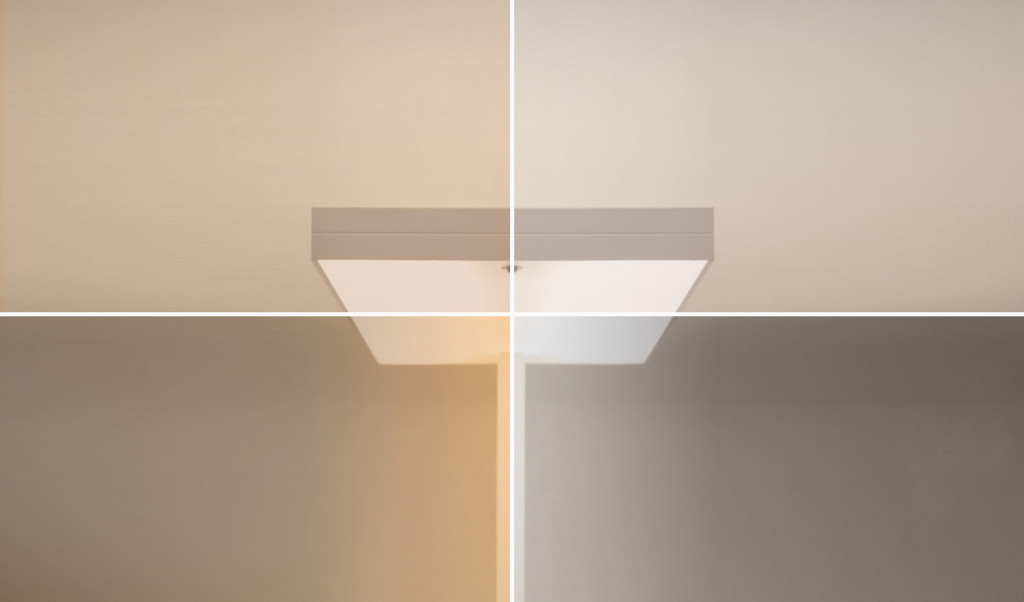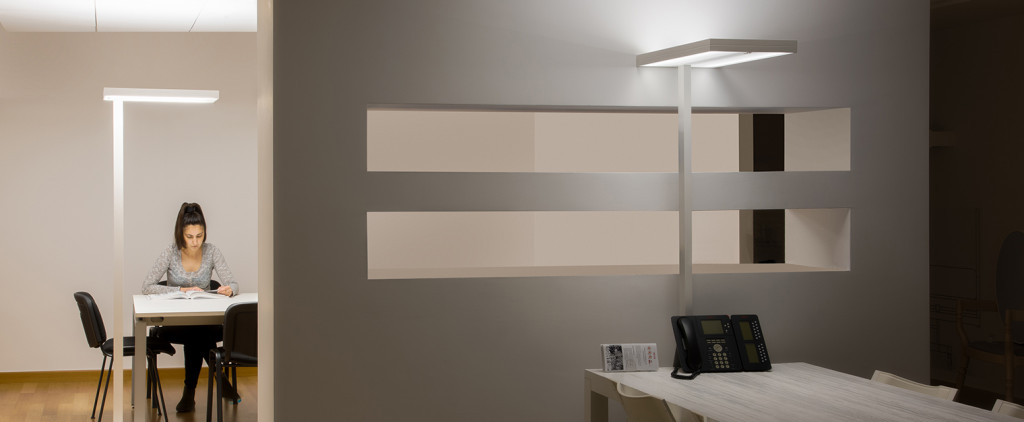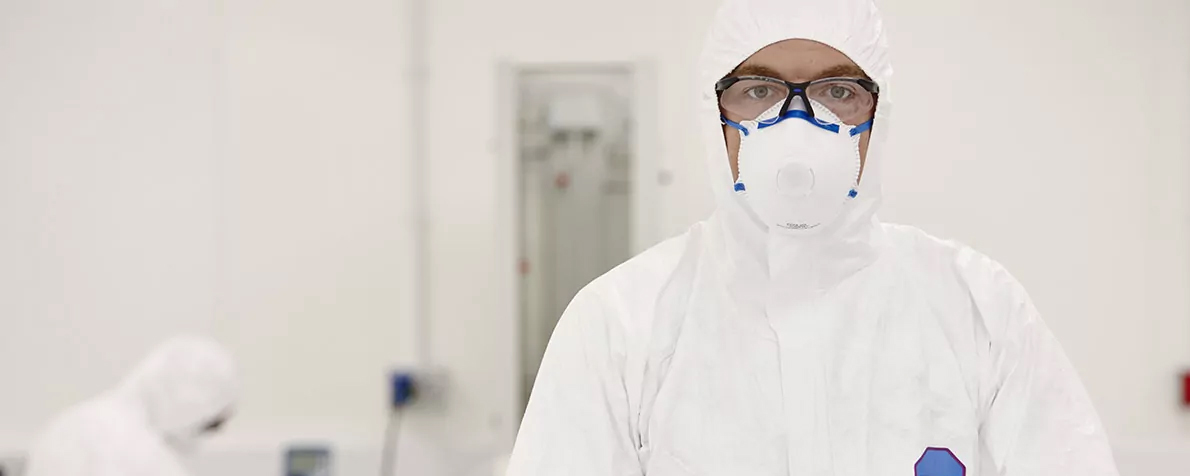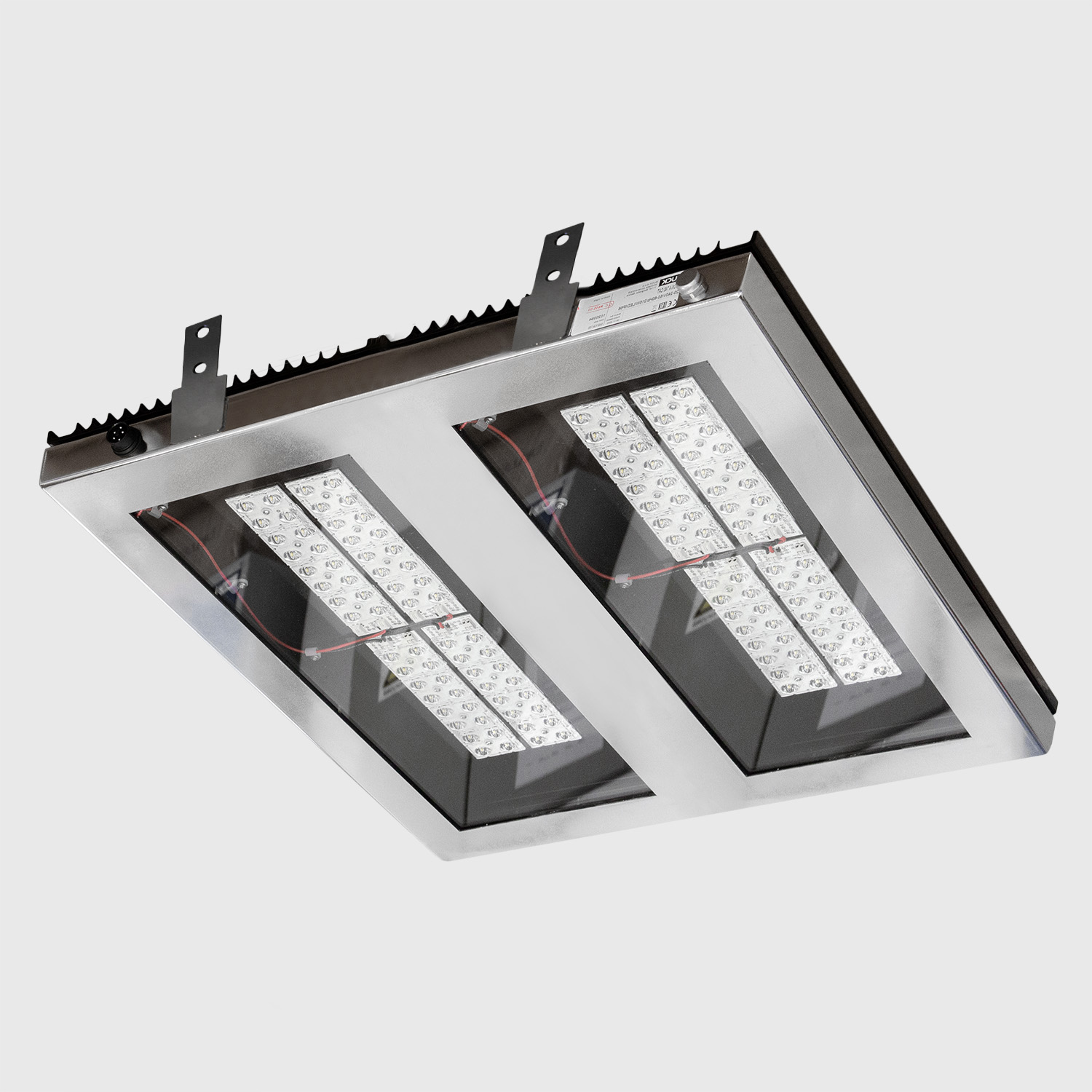Light has a great impact on people. Not only does it allow us visual perception, but it can also stimulate us and influence our mood and activity level. Since our physiological response to light depends on its intensity and spectral composition, the characteristics of artificial light in our environment are of particular importance if we spend a significant amount of time indoors.
A modern solution for people who spend most of the day under artificial lighting is human centric lighting, which fully encompasses the positive effects that light can have on humans.
Thanks to the new knowledge about the biological effects of light and innovations in lighting technology, high-quality LED luminaires in our production have the ability to adjust the intensity and colour of the emitted light, thus achieving positive effects on the human body.
New, smart, networked lighting management systems provide enormous opportunities for better control and a better user experience.
What is circadian lighting and why is it important?
Circadian lighting is a concept within Human centric lighting (HCL), where changing the intensity and spectral composition of artificial light affects the biological functions of a person, as it happens under the influence of daylight. It is also called biologically active lighting, considering that new medical knowledge confirms its influence on the biological functioning of the human body.

The biological rhythm of man is directly related to the change of day and night. The blue spectrum in high-intensity daylight stimulates the activity of the human body. It keeps it awake, while its absence in the warm tones of the evening light enables the secretion of the hormone melatonin, which relaxes and induces sleep.
Circadian lighting supports the natural biological rhythm, prevents sleep disorders, and has a beneficial effect on our health.
How light affects the circadian rhythm of the human body?
Light is the basic external natural coordinator of the circadian rhythm. Its influence is done through special photoreceptors for bioactive blue light. This process is so powerful that people with severe eye injuries can have their body clock disrupted, leading to sleep problems.
One example of the negative impact of light on circadian rhythm is looking at a smartphone screen or other devices before bedtime. With a modern way of life, most people have the need to browse social networks, news, to reply to an e-mail or message before going to bed. However, that intense light, directed at our face, sends information to the eye that it is still daytime, making us awake long after we finish such activities.
The negative impact of conventional artificial lighting
Electrical lighting, starting with the first incandescent bulbs, completely changed people’s lives. With this invention, the rhythm of the human day was significantly changed, i.e., people are allowed to extend their day. Today, we spend almost 90% of time indoors, exposed to artificial lighting, while our ancestors a few hundred years ago spent the same amount of time outside exposed to sunlight.
People are constantly under artificial lighting from the moment they get up in the morning while working and even in the evening while walking around the city or working night shifts. Digitalization leads to a large percentage of people spending more than 7 hours a day in front of a screen. Time spent in daylight has dropped drastically, which increases the risk of various diseases (depression, obesity, sleep and mood disorders), as well as some other, more serious diseases.
Circadian lighting can help us live with a more natural rhythm, even when we spend most of our time indoors.
Potential and basic application of circadian LED lighting
Modern LED sources and control units are being developed in a such way that technology is no longer an obstacle in illuminating a space with a different spectral composition of light.

Together with the Bartenbach development department, BUCK has created specially designed optics, which enable quality and uniformity of the output light colour. Luminaires with these optics can be widely used in various spheres of human activity, where the quality of lighting and its significant impact on people are important.
Application in healthcare
The greatest potential for circadian lighting is in health institutions where medical lighting is applied, where people with disabilities or restricted motions are accommodated. It is crucial to provide the daylight impression, which lies in connecting them with the natural external environment and promoting their proper circadian rhythm, which is a key element in recovery. Reduced doses of medication may then be sufficient for successful treatment.
As patients need a quick recovery and rest, medical workers need adequate lighting for regular and emergency work situations 24/7.
Application in business premises
A combination of direct and indirect lighting is recommended in office spaces, thus providing omni-directional lighting and more natural tones, as in the outside environment.

By harmonising the intensity and light spectrum of artificial lighting with external conditions, excellent visual comfort is achieved, providing better overall productivity, greater creativity, and more pleasant work.
Studies that follow this concept in the lighting show positive results: the level of increased motivation and job satisfaction goes as high as 80%, and about 60% of employees agree that they are more productive. At the same time, lighting can contribute financially to the company by reducing the absence of employees and reducing the risk of accidents at work.
Application in industrial plants
Circadian lighting has also found its application in industry, where work is performed in large halls. Its application decreases the quantity of scrap produced during production processes and contributes to higher productivity due to increased concentration and motivation of employees.
This concept of lighting is especially important during night shifts when the human biological rhythm can be supported by using light with a smaller share of the blue spectrum, which significantly reduces the negative impact of night work on the health of employees.
Application in educational institutions
An interesting example of the application of circadian lighting is in schools, where it is important to establish a natural balance by increasing the cognitive functions of students. Teenagers go to bed late, get up hard in the morning and often sleep through the first hours because they are not fully awake.
By introducing an active blue light spectrum, present in daylight, into the classroom lighting, the attention and concentration of students are increased, as well as their activity, which leads to better results in teaching.
Conclusion
The introduction of natural light through architecture, in buildings where people spend much of their time, is of particular importance for maintaining their biological rhythm and establishing a natural balance with the environment.
In situations where this is not feasible, our company offers a solution in the form of LED luminaires, which support human health, well-being and productivity by combining adequate visual, biological and psychological effects of light.











